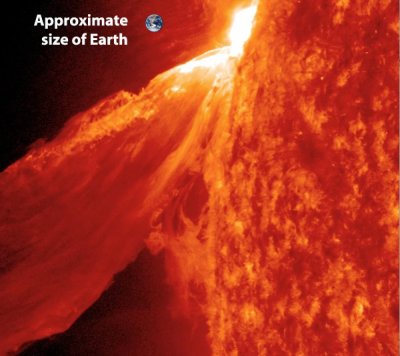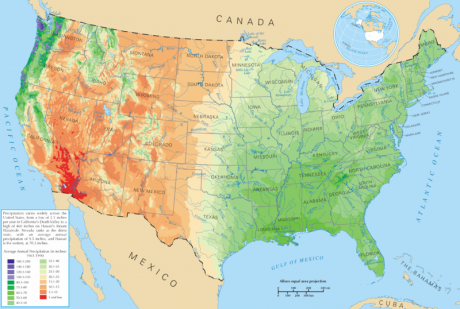I don’t wish to alarm anyone unnecessarily.
At this stage it seems fairly clear that Ebola only spread in West Africa due to poor hygiene, funeral practices and lack of knowledge amongst the general population. And that it is unlikely to spread in places like the USA. In the USA people typically don’t hug the dead, and don’t “rescue” Ebola patients from hospitals.
Yet there is the disturbing fact that western health professionals, who presumably have taken all necessary cautions, are still catching it. In droves!
According to the World Health Organization (WHO):
Health-care staff fear for their lives. To date, more than 170 health-care workers have been infected and at least 81 have died.
Some are saying that Ebola has mutated, and it now has airborne transmission. Authorities say it doesn’t, yet are not explaining why so many doctors are catching the disease. This could be a deliberate ploy to stem fear.
If Ebola is airborne, it may have mutated in other ways as well. We have been told that the infected are only contagious when they are showing symptoms. Were that to change, we would be screwed. The global pandemic that has long been predicted could be about to happen.
I find it extraordinary that multiple infected people have been transferred to hospitals in western countries (2 to the USA, 1 to Spain). Why risk millions of lives to save one or two?
We are told that the hospital in Atlanta has the finest facilities in the world for such situations. But that never means 100% perfect.






